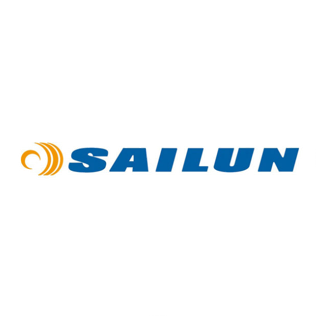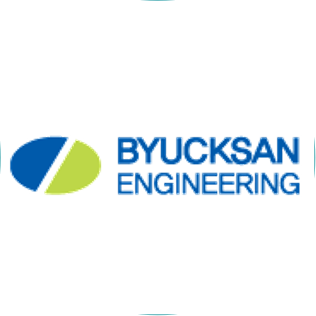Circulating Fluidized Bed Boiler
Taishan ® The 3rd Generation Energy-Efficient& Eco-Friendly Circulating Fluidized Bed Boiler
The 3rd Generation Energy-efficient and Eco-friendly Circulating Fluidized Bed Boiler, while maintaining the adaptability and high efficiency of our company’s original coal types, fully meets environmental parameters such as desulfurization and denitrification. Furthermore, it achieves a leading position in China in terms of reducing the fan power consumption of CFB boilers, improving combustion efficiency, and reducing heat exchange surface wear.

Types
Unsure how to choose a Circulating Fluidized Bed Boiler?
Contact us for complimentary boiler selection guidance, cost estimations, and expert technical advice for your project.
Featured
Taishan ® The 3rd Generation Energy-Efficient& Eco-Friendly Circulating Fluidized Bed Boiler. High heat efficiency reach 90-92%, load range in 30%-110%, 850-900℃ low burning temperature on bed inhibits NOx generation, good desulfurizing in furnace.
1. Chain-Grate Boilers
Features
Typical Application
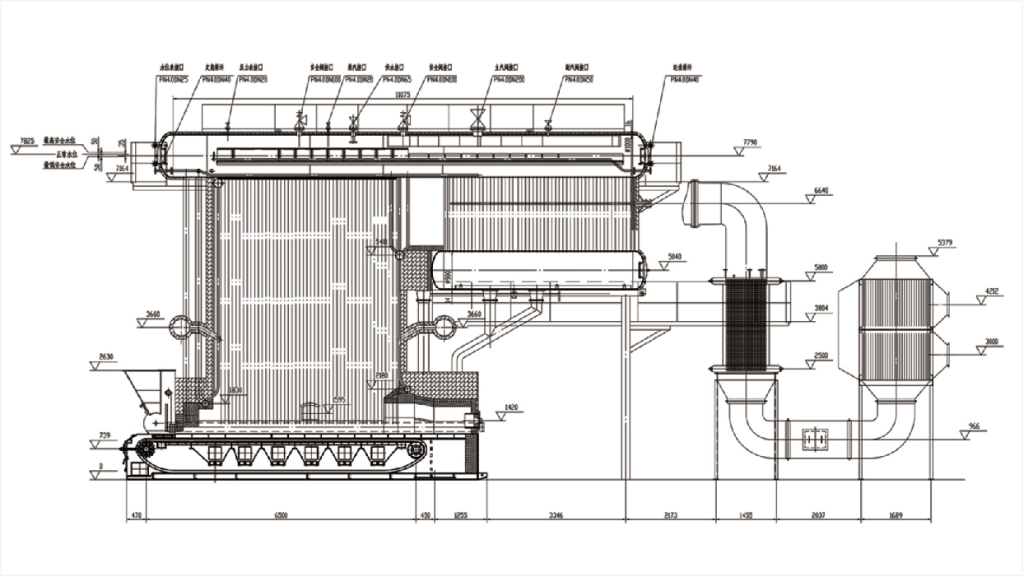
2. Reciprocating Grate Boilers
Features
Typical Application

3. Circulating Fluidized Bed Boilers
Features
Typical Application
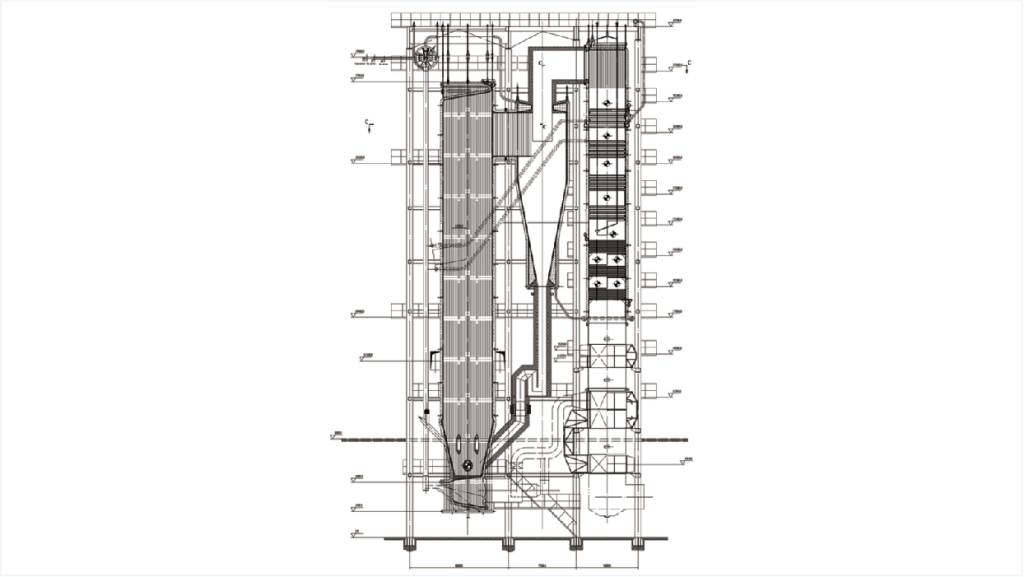
Why Choose Taishan Group ?
Leading coal, biomass and waste to energy solution provider.
Taishan Group produces advanced industrial boilers and power station boiler products, spanning 11 series, including ultra-low emission circulating fluidized bed boilers, high-efficiency low-nitrogen gas boilers, biomass boilers, pulverized coal boilers, slurry boilers, electrode boilers, electric storage boilers, and corner tube boilers. With robust technical capabilities, the company introduces dozens of new products annually.
- Covering Entire Project Lifecycle A-Z Service.
- Ranked top in China's industrial boiler industry for 10 consecutive years.
- Access cutting-edge, eco-friendly energy solutions.
- Benefit from over 70 years of technical expertise.
- Align with global sustainability initiatives.
- China largest-capacity biomass power generation boiler.
- Experience reliable, efficient equipment for green development.
378000+
Workshop m²
5000+
Trained Staff
1978
History Since
Project Case
Taishan Group has provided 10,403 sets of boilers to more than 8,035 customers worldwide, including over 370 EPC projects, covering more than 30 countries and regions.

2 sets 170t/h Circulating Fluidized Bed Boiler for Vietnam National Coal and Mineral Industries Group Bauxite-Alumina Project
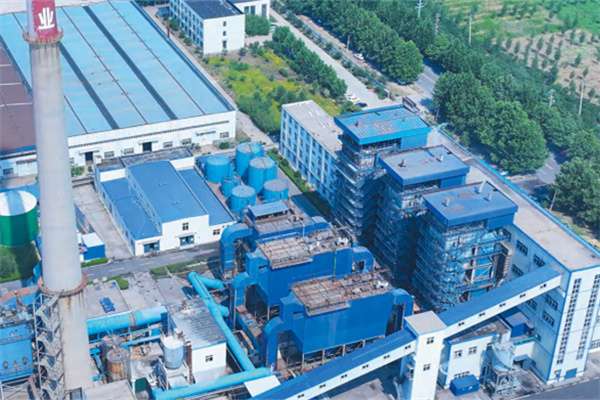
2 sets 20 tons fluidized bed boiler EPC project in Vietnam for Shandong Daiyue Salt Manufacturing in Vietnam

Sailun Tyre Vietnam 35 tons and 75 tons fluidized bed boiler EPC project
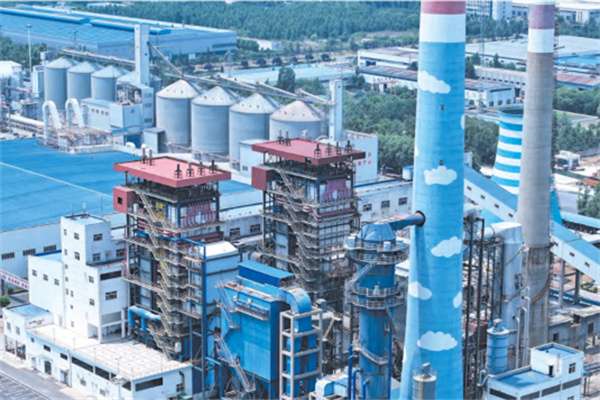
35 tons and 75 tons fluidized bed boiler EPC project for Shandong Fukuan Biological Engineering (Vietnam)
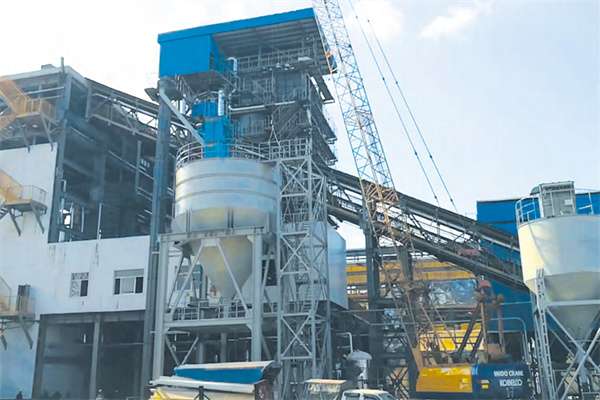
2 sets 116MW Coal CFB hot water boilers for Aksu Sunshine Thermal Company heating projects

2*20 tons fluidized bed boiler in Jinyu Tyre Vietnam EPC project
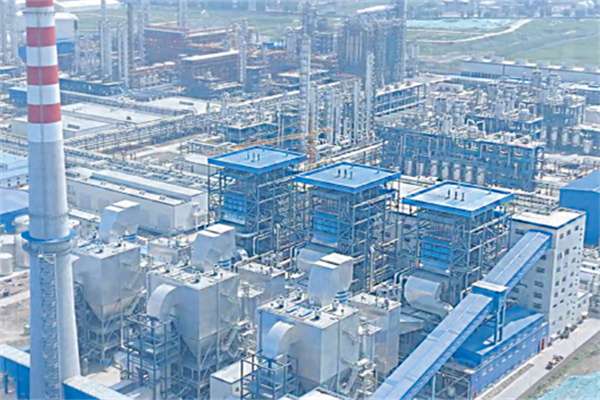
75t/h Coal CFB Boiler for Indonesia PT QMB NEW ENERGY MATERIALSPt Laterite Nickel Ore Smelting Project
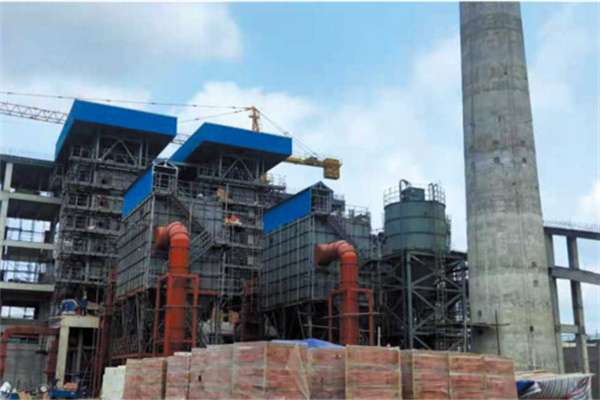
2*20 tons fluidized bed boiler in Vietnam Advance Tyre EPC project
FAQ
A Circulating Fluidized Bed (CFB) boiler is a type of boiler that uses the circulating fluidized bed combustion (CFBC) process to generate heat or power. In this technology, the fuel and air are introduced into the combustion chamber, where they are rapidly mixed and brought to a fluidized state by the high-speed air flow from below. This fluidized mixture behaves much like a liquid, ensuring uniform temperature distribution and efficient combustion.
The core components of a CFB boiler include the combustion chamber, cyclone separators (to separate and recirculate the bed material), heat exchangers or boiler tubes (to absorb the heat generated by combustion), and control systems for managing air supply and fuel feed. The circulation of the bed material enhances heat transfer and ensures uniform temperature distribution within the combustion chamber, leading to efficient and clean combustion.
The Circulating Fluidized Bed Process
A circulating fluidized bed (CFB) is a reactor technology that utilizes a continuous loop of gas and solid particles to achieve efficient and environmentally friendly conversion processes. Here’s a breakdown of the key steps:
1. Feedstock Introduction: The process begins with feeding the desired fuel, which can be coal, biomass, or even waste materials, into the bottom of the reactor vessel. Air, preheated to a specific temperature, is also introduced at this stage.
2. Fluidization: The incoming air flows through a distributor plate at the bottom of the vessel, causing the solid particles (fuel and bed material) to become suspended and behave like a fluidized bed. This enhances gas-solid contact and promotes efficient mixing.
3. Combustion: The hot, fluidized environment provides ideal conditions for combustion. The fuel particles mix thoroughly with the air, leading to complete and efficient burning. The lower combustion temperature compared to traditional methods helps minimize the formation of nitrogen oxides (NOx) emissions.
4. Particle Separation: The high gas velocity in a CFB system creates a circulating loop. The flue gas (combustion products) is carried upwards, while a cyclone separator efficiently separates the entrained solid particles from the gas stream.
5. Solids Recirculation: The captured solids from the cyclone separator are then reintroduced back into the bottom of the reactor vessel. This continuous circulation ensures high fuel conversion efficiency and maximizes heat transfer within the bed.
6. Heat Recovery: The heat generated during combustion is transferred to the fluidized bed material and the gas stream. This thermal energy can be used for various purposes, such as generating steam for power production or process heating applications.
7. Flue Gas Treatment: The flue gas exiting the cyclone separator might undergo further treatment depending on the specific application. Scrubbers or other technologies can be employed to capture sulfur oxides (SOx) and other pollutants for cleaner emissions.
Circulating Fluidized Bed (CFB) technology, especially when it comes to boilers and combustion systems, offers several notable advantages compared to conventional combustion technologies. Here are some of the key benefits:
1. Fuel Flexibility: CFB technology can utilize a wide range of fuels, including low-grade coal, biomass, waste fuels, and peat. This flexibility allows for the use of local fuel sources and can help in reducing fuel costs and dependency on specific fuel types.
2. Low Emissions: CFB boilers are known for their ability to significantly reduce emissions of pollutants such as sulfur dioxide (SO2) and nitrogen oxides (NOx) through in-furnace capture methods. Limestone or other sorbents can be used within the bed to capture SO2 as it is released from the fuel, often eliminating the need for external flue gas desulfurization systems.
3. Efficient Combustion: The fluidized bed facilitates efficient heat transfer and uniform temperature distribution, leading to improved combustion efficiency. This efficiency is maintained even with varying fuel qualities, reducing the amount of unburned carbon in the ash and enhancing the overall efficiency of the system.
4. Reduced Corrosion and Fouling: The lower combustion temperatures in a CFB boiler (typically around 800°C to 900°C) reduce the risk of ash melting or clinker formation, which in turn minimizes the potential for corrosion and fouling of heating surfaces. This can lead to longer operational life and reduced maintenance costs.
5. Ability to Capture CO2: The technology offers potential advantages for carbon capture and storage (CCS) due to its compatibility with CO2 capture methods. The CFB process can be adapted to integrate with post-combustion CO2 capture technologies more efficiently than conventional systems.
6. Operational Flexibility: CFB boilers can easily adjust to changes in fuel quality and moisture content. They also offer good load-following capabilities, making them well-suited to meet fluctuating demand in power generation.
7. Lower Operating Temperature: The operating temperature of a CFB boiler is lower than that of a pulverized coal boiler, which can lead to a reduction in the formation of nitrogen oxides (NOx). This is an environmental benefit, as NOx is a precursor to smog and acid rain.
8. Use of Low-Quality Water: CFB technology can operate with lower quality water compared to conventional boilers, which can reduce the need for water treatment and decrease the overall environmental impact.
In summary, the Circulating Fluidized Bed technology offers environmental, operational, and economic benefits, making it an attractive choice for power generation and industrial applications where reducing emissions and fuel flexibility are critical concerns.
Circulating Fluidized Bed Combustion (CFBC) boilers can utilize a wide variety of fuels, showcasing one of the technology’s primary advantages: fuel flexibility. This feature allows for the use of less expensive, lower-grade fuels while still maintaining high efficiency and low emissions. Common fuels for CFBC boilers include:
1. **Coal:** Both low-grade and high-quality coals are suitable. CFBC technology is particularly advantageous for burning low-grade coal with high ash or sulfur content, as it can capture pollutants effectively.
2. **Biomass:** Various forms of biomass, such as wood chips, sawdust, agricultural waste, and energy crops, can be used. Biomass is a renewable energy source and can help reduce carbon emissions.
3. **Waste Fuels:** Refuse-derived fuels (RDF), which are produced from the combustion of municipal solid waste, and industrial wastes can be used in CFBC boilers. This not only helps in waste management but also in energy recovery.
4. **Petcoke:** Petroleum coke, a byproduct of oil refining, is another fuel that can be utilized in CFBC boilers. Despite its high sulfur content, the CFBC process can capture sulfur effectively, reducing SO2 emissions.
5. **Mixed Fuels:** CFBC boilers can co-fire a combination of different fuels, allowing for flexibility based on fuel availability and cost. This can include a mix of coal and biomass, coal and petcoke, or other combinations.
6. **Peat:** In some regions, peat is a significant energy source and can be burned in CFBC boilers.
The capability to burn a wide range of fuels, including those that are considered waste or have low commercial value, makes CFBC boilers a versatile and environmentally friendly option for generating heat and power in a variety of settings, from utility power plants to industrial applications.
While Circulating Fluidized Bed (CFB) boilers offer numerous advantages, like fuel flexibility, high efficiency, and low emissions, there are also several disadvantages and challenges associated with this technology:
1. High Initial Investment: The initial cost of setting up a CFB boiler can be higher than conventional pulverized coal-fired boilers due to its complex design and the need for additional equipment, such as cyclones for recirculating the bed material and advanced control systems.
2. Space Requirements: CFB boilers generally require more space due to their design and the need for auxiliary equipment, which can be a constraint in areas where space is limited.
3. Wear and Tear: The circulation of solid particles within the boiler can lead to higher levels of erosion and wear on boiler tubes and other components. This necessitates the use of more wear-resistant materials, which can increase maintenance costs.
4. Complexity in Operation and Maintenance: The operation and maintenance of a CFB boiler can be more complex compared to traditional boilers. Proper training and expertise are required to handle the sophisticated control systems and to manage the fluidized bed operation effectively.
5. Handling of Sorbents and Waste: The use of limestone or other sorbents to capture sulfur dioxide generates additional waste products, such as gypsum. This requires proper disposal or recycling mechanisms, which can add to the operational costs and complexities.
6. Fuel Quality Sensitivity: While CFB boilers are adaptable to various fuel types, changes in fuel quality (such as moisture content, size, and calorific value) can affect the combustion efficiency and require adjustments in operation to maintain performance.
7. Limited to Medium and Large Scale Applications: Due to their complexity and cost, CFB boilers are more suited to medium and large-scale applications and might not be economically viable for small-scale operations.
Despite these disadvantages, the environmental benefits and the ability to utilize a wide range of fuels often outweigh the drawbacks, making CFB technology a preferred choice for many industries and power generation applications seeking sustainable and flexible solutions.
Circulating Fluidized Bed (CFB) boilers are versatile and can be used across various industries for steam, power generation, and heating purposes. Their ability to efficiently combust a wide range of fuels, including low-grade fuels and waste, while achieving low emissions, makes them particularly attractive for many applications. Here’s where CFB boilers find use in industry:
1. Power Generation: Many power plants use CFB boilers for electricity production, taking advantage of their fuel flexibility to burn coal, biomass, or mixtures of fuels in a more environmentally friendly manner. This is especially valuable in regions with abundant biomass or low-grade coal resources.
2. Waste-to-Energy Plants: CFB technology is well-suited for burning municipal solid waste (MSW) or industrial waste to generate energy. These plants not only produce electricity but also significantly reduce waste volume, contributing to waste management efforts.
3. Pulp and Paper Industry: CFB boilers are used in the pulp and paper industry for generating steam required in various stages of the paper-making process. They can burn waste products from the process, such as bark and wood chips, making them a sustainable energy solution.
4. Chemical Industry: In the chemical manufacturing sector, CFB boilers provide steam and power needed for various chemical processes. They can also utilize by-product gases and waste as fuel, improving energy efficiency and reducing costs.
5. Cement Industry: The cement industry uses CFB boilers to generate the steam and power needed for cement production processes. Additionally, the CFB’s ability to use alternative fuels, such as petcoke and waste-derived fuels, is particularly beneficial for this energy-intensive industry.
6. Metal and Mining Industry: CFB boilers supply steam and power for metal processing and mining operations, including smelting and ore processing. Their fuel flexibility allows the use of locally available fuels, which can lower energy costs.
7. District Heating Systems: Some regions use CFB boilers in district heating systems to provide heat and hot water to residential and commercial buildings. This is particularly common in colder climates where efficient heating solutions are crucial.
8. Agricultural Industry: In regions with significant agricultural activity, CFB boilers can use crop residues and other biomass materials as fuel to generate steam and electricity, supporting sustainable agricultural practices.
The broad applicability of CFB boilers across these industries highlights their importance in supporting diverse energy needs while contributing to environmental sustainability and fuel flexibility.
Choosing the right Circulating Fluidized Bed (CFB) boiler for your application involves considering a range of factors to ensure optimal performance, efficiency, and cost-effectiveness. Here are key considerations when selecting a CFB boiler:
1. Fuel Type and Availability: Assess the types of fuel available for your application, including coal, biomass, industrial waste, or a mix. CFB boilers are known for their fuel flexibility, but the specific fuel characteristics (such as moisture content, ash content, and heating value) can impact the boiler design and efficiency.
2. Boiler Capacity and Efficiency: Determine the required boiler capacity, which is typically measured in tons of steam per hour or megawatts (MW) of power. The efficiency of the boiler in converting fuel into steam or electricity is also crucial, as higher efficiency leads to lower operating costs.
3. Emission Requirements: Identify the environmental regulations applicable to your location and industry. CFB boilers can significantly reduce sulfur dioxide (SO2) and nitrogen oxides (NOx) emissions, but the specific design may need to be tailored to meet stringent emission standards.
4. Operational Flexibility: Consider the need for operational flexibility, such as the ability to scale up or down based on demand, handle fuel quality variations, and quickly start up or shut down. CFB boilers offer good load-following capabilities, but specific requirements should be discussed with manufacturers.
5. Maintenance and Operating Costs: Evaluate the maintenance requirements and operating costs, including fuel, labor, and maintenance expenses. While CFB boilers may have higher initial costs, their ability to use cheaper, low-grade fuels can lead to lower overall operating costs.
6. Space Constraints: CFB boilers require more space than conventional boilers due to their design and the need for auxiliary equipment. Ensure you have adequate space for the boiler, including space for future maintenance and inspections.
7. Water Availability: Like all steam boilers, CFB boilers require a continuous supply of water for steam generation. Assess the availability and quality of water in your area, as it can affect the boiler’s operation and maintenance.
8. Long-term Sustainability: Consider the long-term sustainability of your fuel supply and the potential for future environmental regulations. Choosing a boiler that can adapt to different fuels or that can be easily upgraded for enhanced emissions control can be beneficial.
9. Manufacturer and Support: Select a manufacturer with a good track record in CFB technology, offering robust support and service. The availability of parts, technical support, and service can significantly impact the boiler’s operational efficiency and longevity.
10. Cost: While not the only factor, the cost of the boiler and the installation should be considered in the context of the expected operational savings and efficiency gains. A more expensive boiler that offers higher efficiency and lower emissions may justify its cost over its operational lifespan.
By carefully evaluating these factors and consulting with boiler manufacturers and experts, you can select a CFB boiler that meets your needs and offers reliable, efficient, and environmentally friendly operation.
The cost of a circulating fluidized bed (CFB) boiler can vary significantly depending on several factors. Here’s a breakdown of what influences the price:
- Boiler Capacity: The size and steam generation capacity of the boiler is a major cost driver. Larger boilers for industrial power generation will naturally cost more than smaller units for district heating applications.
- Fuel Type: Boilers designed for specific fuels like low-grade coal or biomass might have different material requirements and features compared to standard coal-fired CFBs, impacting the cost.
- Emission Control Requirements: Depending on your location’s air quality regulations, additional emission control equipment like scrubbers or selective non-catalytic reduction (SNCR) systems might be necessary, adding to the overall cost.
- Manufacturer and Features: The reputation and experience of the boiler manufacturer can influence the price. Additionally, boilers with advanced features like automated controls or specialized designs for specific fuels might have a higher cost.
While specific pricing information can be difficult to find publicly due to customization involved, here’s a general range to provide an idea:
- Small-scale CFB boilers (few megawatt capacity): $10,000 – $200,000 [1] (This range might be on the lower end and may not consider all the factors mentioned above).
- Industrial-scale CFB boilers (tens to hundreds of megawatt capacity): $ Costs can range from millions to tens of millions of dollars depending on the capacity and complexity.
Here are some recommendations to get a more accurate estimate for your project:
- Contact CFB Boiler Manufacturers: Reach out to reputable CFB boiler manufacturers and request quotes based on your specific requirements (capacity, fuel type, emission regulations).
- Consider Consulting Firms: Engineering consulting firms specializing in power generation or industrial processes can provide valuable insights into CFB boiler selection and cost estimation for your project.
Remember, the initial cost is just one aspect. When evaluating the economics of a CFB boiler, consider factors like:
- Fuel Efficiency: A highly efficient boiler can save on fuel costs over time.
- Maintenance Needs: Compare maintenance requirements and potential costs between different boiler options.
- Operational Lifetime: A CFB boiler with a long lifespan can provide a better return on investment.
By carefully considering all these aspects, you can choose a CFB boiler that offers the best value proposition for your specific needs and ensures a cost-effective and environmentally friendly solution for your industrial application.
For more information about pricing, please contact us. Our professional engineers will provide you with a more accurate quotation based on your project.
Choosing between an AFBC (atmospheric fluidized bed combustion) boiler and a CFBC (circulating fluidized bed combustion) boiler depends on your specific needs and priorities. Here’s a breakdown of their key differences to help you decide:
CFBC Advantages:
- Higher Efficiency: CFBC boilers generally achieve higher combustion efficiency due to the intense circulation and better heat transfer within the fluidized bed [3, 5]. This translates to lower fuel consumption and operating costs.
- Fuel Flexibility: CFBCs can handle a wider range of fuels, including low-grade coal, biomass, and even waste materials, with good efficiency [2, 5]. This offers operational flexibility and the potential to utilize renewable or waste fuels.
- Lower Emissions: The lower combustion temperature in CFBCs leads to significantly lower NOx emissions compared to AFBCs [4]. Additionally, they can be integrated with SOx capture systems for cleaner operation.
AFBC Advantages:
- Simpler Design: AFBC boilers have a simpler design compared to CFBCs, potentially leading to lower upfront costs [2].
- Lower Auxiliary Power Consumption: AFBCs require less electrical energy to operate the fluidized bed compared to CFBCs due to the lower gas velocity needed [1].
Here’s a table summarizing the key points:
| Feature | CFBC Boiler | AFBC Boiler |
|---|---|---|
| Efficiency | Higher | Lower |
| Fuel Flexibility | More Flexible | Less Flexible |
| Emissions (NOx & SOx) | Lower | Higher |
| Design Complexity | More Complex | Simpler |
| Auxiliary Power Consumption | Higher | Lower |
| Upfront Cost | Potentially Higher | Potentially Lower |
In general, CFBC boilers are considered the more advanced and efficient technology. They are a good choice for applications where:
- High efficiency and fuel cost savings are crucial.
- A wider range of fuels, including low-grade options or biomass, needs to be accommodated.
- Strict emission regulations require low NOx and SOx outputs.
AFBC boilers might be a suitable option if:
- Cost is a major concern and a simpler design is preferred.
- Lower auxiliary power consumption is a priority.
- Fuel options are limited to standard coals, and emission regulations are less stringent.
Here are some additional factors to consider:
- Project Size: For larger-scale applications (industrial power generation), CFBCs are often the preferred choice due to their efficiency and fuel flexibility.
- Fuel Availability and Characteristics: The type of fuel readily available and its properties (moisture content, ash content) can influence the choice between AFBC and CFBC.
- Environmental Regulations: If your location has strict emission regulations, a CFBC boiler with integrated emission control systems might be necessary.
Ultimately, the best choice depends on your specific project requirements and priorities. Consulting with our qualified engineers who can assess your needs and analyze the techno-economic feasibility of both options is highly recommended.
PC (pulverized coal) boilers and CFB (circulating fluidized bed) boilers are both used for industrial applications like power generation and process heating, but they differ significantly in their technology and operation. Here’s a breakdown of the key differences:
Fuel Preparation:
- PC Boiler: Coal is pulverized into a fine powder before being injected into the furnace for combustion. This requires dedicated grinding mills, adding complexity to the system.
- CFB Boiler: Coal (or other fuels) can be used in larger particle sizes. The bed itself acts as a heat source, eliminating the need for pre-pulverization.
Combustion Process:
- PC Boiler: Combustion occurs in suspension burning, where the powdered coal mixes with air in a large furnace chamber. This requires high temperatures (around 1600-1800°C) to achieve complete combustion.
- CFB Boiler: Combustion takes place in a fluidized bed of inert material (like sand) where the fuel particles are suspended and constantly circulated. Lower combustion temperatures (around 850-950°C) are used.
Emissions:
- PC Boiler: High combustion temperatures contribute to the formation of significant nitrogen oxides (NOx) emissions. Additionally, flue gas treatment systems are often required to capture sulfur oxides (SOx).
- CFB Boiler: Lower combustion temperatures lead to substantially lower NOx emissions. SOx capture can be integrated within the boiler itself using limestone injection, reducing the need for extensive downstream scrubbing systems.
Advantages of PC Boilers:
- Established Technology: PC boilers have been around for a longer time, making them a well-understood and mature technology.
- Potentially Lower Upfront Costs: The simpler design of PC boilers might translate to lower initial investment costs compared to CFBs.
Advantages of CFB Boilers:
- Fuel Flexibility: CFBs can efficiently burn a wider range of fuels, including low-grade coals, biomass, and even waste materials.
- Higher Efficiency: The fluidized bed process promotes efficient heat transfer and combustion, leading to lower fuel consumption.
- Lower Emissions: Significantly lower NOx and SOx emissions due to lower combustion temperatures and integrated capture mechanisms.
- Load Following: CFB boilers can adjust their power output more quickly in response to fluctuating energy demands.
Disadvantages of PC Boilers:
- High Emissions: Requires additional equipment to meet stricter emission regulations.
- Fine Coal Grinding: Requires dedicated mills for pulverizing coal, adding complexity and energy consumption.
- Slagging and Fouling: High temperatures can cause molten ash deposits within the boiler, requiring maintenance.
Disadvantages of CFB Boilers:
- Higher Auxiliary Power Consumption: More energy is needed to maintain the fluidized bed circulation compared to PC boilers.
- More Complex Design: The circulating fluidized bed technology requires a more intricate design compared to PC boilers.
- Potential for Erosion: Continuous particle circulation can lead to wear and tear on internal components, requiring maintenance.
Choosing Between PC and CFB Boilers:
The ideal choice depends on your specific needs. Here’s a general guideline:
- PC boilers might be suitable for: Established applications with readily available high-quality coal, where upfront cost is a major concern, and emissions regulations are less stringent.
- CFB boilers are a good choice for: Situations where fuel flexibility is important, stricter emission regulations need to be met, high efficiency is crucial, or utilizing renewable or waste fuels is desired.
Consulting with our engineers to assess your project requirements and analyze the techno-economic feasibility of both PC and CFB boilers is highly recommended for making an informed decision.
Circulating Fluidized Bed Boiler
Ultimate Guide
2024
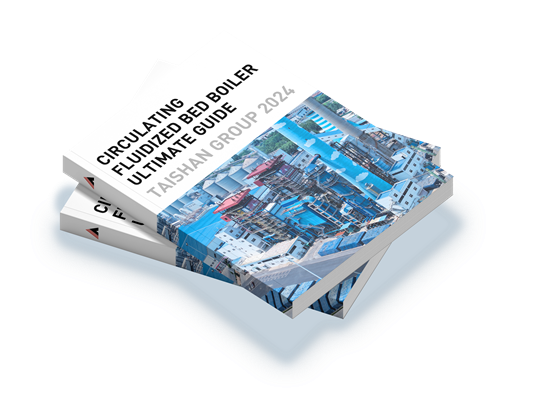
This guidebook serves as an extensive resource for professionals, engineers, and researchers interested in circulating fluidized bed (CFB) boilers. It covers the fundamental principles, technology advancements, design considerations, operational challenges, and environmental impacts of CFB boilers. Through detailed explanations, case studies, and practical insights, readers will gain a deep understanding of CFB technology and its applications in modern power and heat generation.

